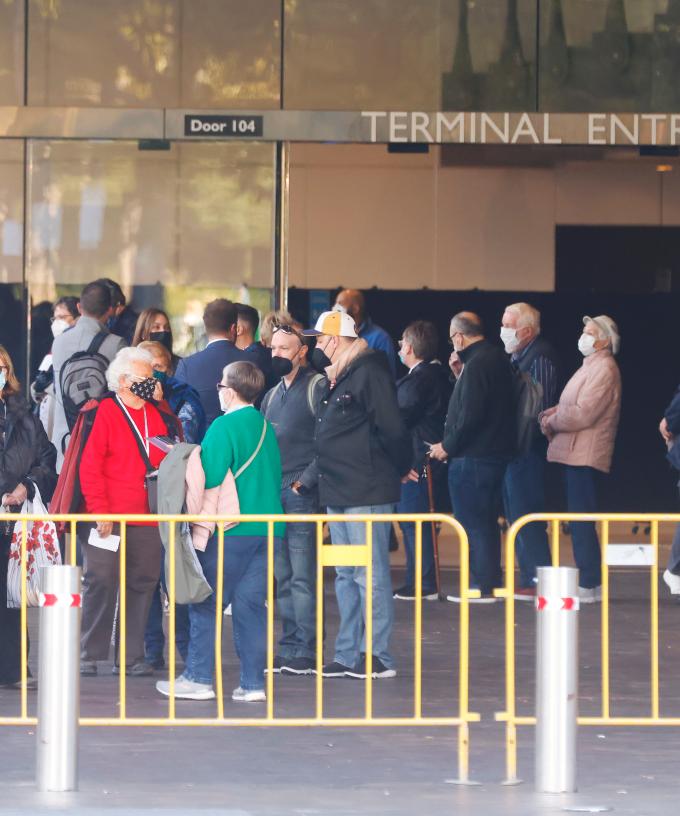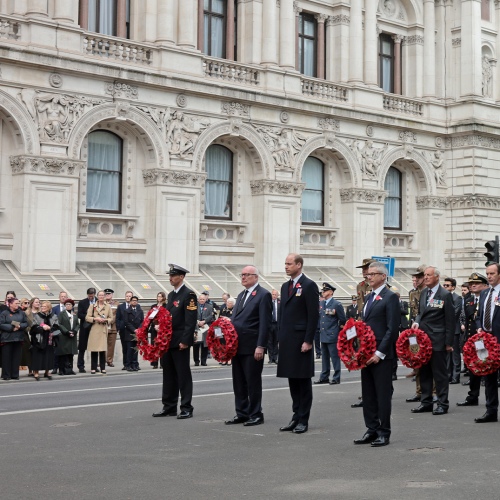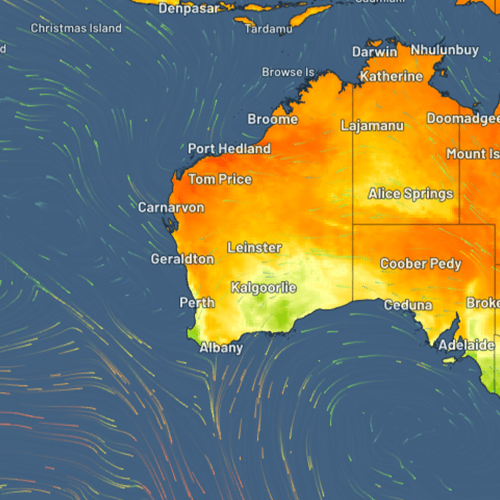Isolation periods for people who test positive for COVID-19 should be re-evaluated, but not changed before the end of the expected winter surge in infections, NSW’s premier says.
It comes ahead of public school students returning from holidays on Tuesday.
Vaccination mandates for most teachers have ended, while other methods of controlling the virus will be boosted for the term’s first four weeks.
Unvaccinated casual teachers will be allowed in classrooms, while permanent staff who resigned or were dismissed can apply for a new position.
NSW Education secretary Georgina Harrisson said students and teachers would get more rapid antigen tests and additional cleaning would be undertaken in classrooms, amid continued improvements to air quality and ventilation at schools.
“The settings are similar to last term, but we are being extra vigilant to get the term off to the best start,” Ms Harrisson said on Monday.
There was a 30 per cent spike in staff absences last term due to COVID and flu illnesses.
Premier Dominic Perrottet says his interstate counterparts agreed at a national cabinet meeting on Saturday support payments should be retained until the end of September for casual workers who have to isolate with the virus.
The payment scheme originally ended last month.
Mr Perrottet said it would be unfair for the government to require people to isolate without compensating them amid a winter virus resurgence.
He questioned the seven-day compulsory isolation period for people who test positive but said while it should not be immediately altered, changes should be considered ahead of time.
“You can’t get to September 30 and then say ‘how do we deal with it’ at that point,” Mr Perrottet said.
The protocols in place were working well and a high vaccination rate meant NSW was not in the same position as the two previous winters it spent in lockdown, he said.
Meanwhile, another cruise ship carrying people infected with the virus has docked in Sydney.
The P&O Pacific Explorer berthed at White Bay cruise terminal in Rozelle after a nine-night round trip to Queensland.
The cruise operated at “amber” level under NSW Health protocols, meaning there were “quite a few cases on board” and the vessel’s staffing and resources were impacted.
A P&O spokesman told AAP on Monday 2800 passengers and crew were on board but neither the cruise company nor NSW Health disclosed specific case numbers.
An amber level means there are between 30 and 99 positive cases per 1000 people, indicating there are between 84 and 277 positive cases on board.
Tourism and Transport Forum CEO Margy Osmond said consumer confidence had not been dented by recent cases on cruises and reporting case numbers would not be beneficial.
“We don’t talk much about numbers in the general community anymore,” she said.
“If the health authorities are comfortable with what’s happening in terms of crews that really should be all people know.”
Australians were keen to return to cruises and the steps being taken meant it was safe to do so, she said.
“These cruise ships are complying with the most stringent government public health authority requirements. I’m not certain there’s more they can do,” Ms Osmond said.
Guests disembarking the Pacific Explorer were asked to self-administer rapid antigen tests within 24 hours of leaving, with results subject to random checks, the P&O spokesman said.
NSW Health said on Sunday it had been advised all COVID-positive people on board and their close contacts were isolating.
The Pacific Explorer is due to depart on a four-night cruise to Moreton Island on Monday.
The Coral Princess cruise ship docked in NSW twice last week carrying more than 120 infected passengers and crew.
NSW reported 9761 new cases and five deaths from COVID-19 on Monday.
Some 2169 people are in hospital with the virus and 64 of them are in intensive care.







